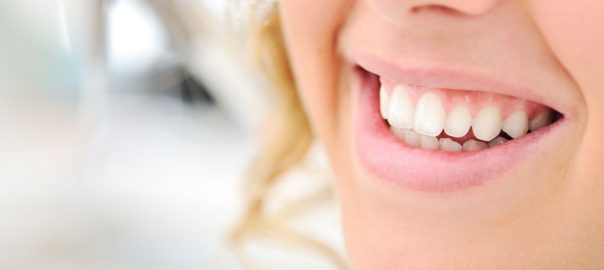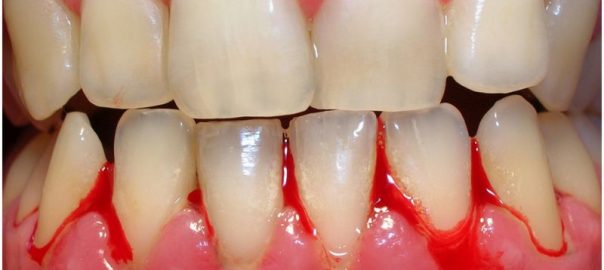Teeth whitening has become one of the most demanded aesthetic dental treatments in our dental clinic in Vikaspuri. The search for bright white teeth for one reason or another has led to an increase in the number of patients who undergo this type of treatment. Let’s see some measures and tips for teeth whitening according to our specialists:
Measures before bleaching
The first thing you should do is make an appointment with our dentist in Vikaspuri and discuss what you want. Tell him what your concerns and expectations are. The more information you share with the best dentist in Vikaspuri and the better you describe what you are looking for, the better the results will be. It is also important to tell him if you are thinking of having another type of treatment such as veneers, crowns or implants.
As a measure before treatment, either with a lamp or a splint, we usually advise that the patient undergo a professional dental cleaning. Thus, the mouth will be fully prepared for dental aesthetics treatment.
Tips for teeth whitening during treatment
Your dentist in Delhi will indicate the necessary measures according to the type of teeth whitening you have chosen. If you opt for teeth whitening with a lamp, you will be accompanied at all times by a qualified professional who will supervise the treatment in the clinic itself. If, on the other hand, you opt for the splint treatment carried out at home, you must follow the measures indicated by your specialist so that the result is optimal.
Post-whitening measures
Among the post-whitening measures we recommend, we highlight the following:
- Avoid consuming foods and drinks such as tobacco, tea, coffee or wine, as they could stain your teeth.
- In the case of lamp teeth whitening, do not consume coloured foods for 3 days either, so try to follow a WHITE diet to avoid unnecessary staining of the teeth.
- Drink plenty of water, this way you will keep the dental pieces hydrated, which favours the performance of the whitening gel.
- Use the special gel indicated for brushing your teeth for as long as the specialist recommends.



